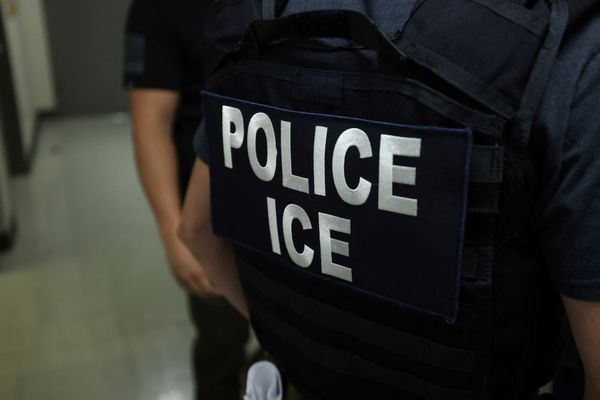
Donald Trump has said the US will send letters to some of its trading partners to unilaterally impose new tariff rates, suggesting that Washington lacks the capacity to reach individual trade deals.
Highlighting the challenge for the White House to negotiate deals with scores of countries at once, Trump said it was “not possible to meet the number of people that want to see us”.
Speaking at a meeting with business leaders in the United Arab Emirates on the US president’s tour of the Gulf, he said: “We have, at the same time, 150 countries that want to make a deal, but you’re not able to see that many countries.”
The president said that his treasury secretary, Scott Bessent, and the commerce secretary, Howard Lutnick, would be “sending letters out essentially telling” some of Washington’s trading partners what tariff rates would be imposed on their goods exports to the US market.
“At a certain point over the next two or three weeks, I think Scott and Howard will be sending letters out essentially telling people – it will be very fair – but we’ll be telling people what they’ll be paying to do business in the United States,” he said.
It was not immediately clear whether the new tariffs would be in addition to what is already in place, or higher or lower adjustments.
Trump’s comments expose the difficulty of the task the president set for his administration after imposing sweeping border taxes on goods imports from all of the US’s trading partners on his 2 April “liberation day”.
Washington has withdrawn some of its toughest measures after a backlash in the bond markets, including pausing “reciprocal” tariff rates on many trading partners, including the EU, striking a trade deal to lower tariffs with the UK, and agreeing a 90-day pause with China. A 10% universal tariff on all imported foreign goods remains.
Earlier this week, Trump hailed a “total reset” in relations between China and the US after the countries agreed the pause, which included Beijing lowering its duties on American goods to 10%, while the US tax on Chinese goods will be lowered to 30%.
The White House has signalled it is prioritising talks with dozens of the US’s largest trading partners, including India, South Korea and Japan, while negotiations with the EU are ongoing.
However, his comments suggest Washington lacks the bandwidth to negotiate with hundreds of countries at once, while indicating that the president will instead push to dictate terms.
The impact of Trump’s tariff strategy continues to materialise in the US. Executives at Walmart said this week that the US retail company will have to start raising prices later this month due to the high cost of tariffs.
The president, meanwhile, has called out American companies that are not shifting manufacturing to the US as a result of his policies. On Thursday, he admonished Apple over the tech company’s reported plans to source production of US-bound iPhones from India.
The UK-US trade deal, announced by Trump and Kier Starmer last week, prompted China to accuse Britain of aligning with the US, in a move that could compel UK companies to exclude Chinese products from their supply chains.
The Trump administration has repeatedly claimed that countries were tripping over themselves to strike agreements to lower US tariffs on their exports. It has avoided provided a list of these countries, however, and descriptions of its length have varied significantly.
More than 75 countries had been in touch, US officials claimed in April, as they sought to explain why the president had backed down the “reciprocal” rates he had claimed were here to stay.







